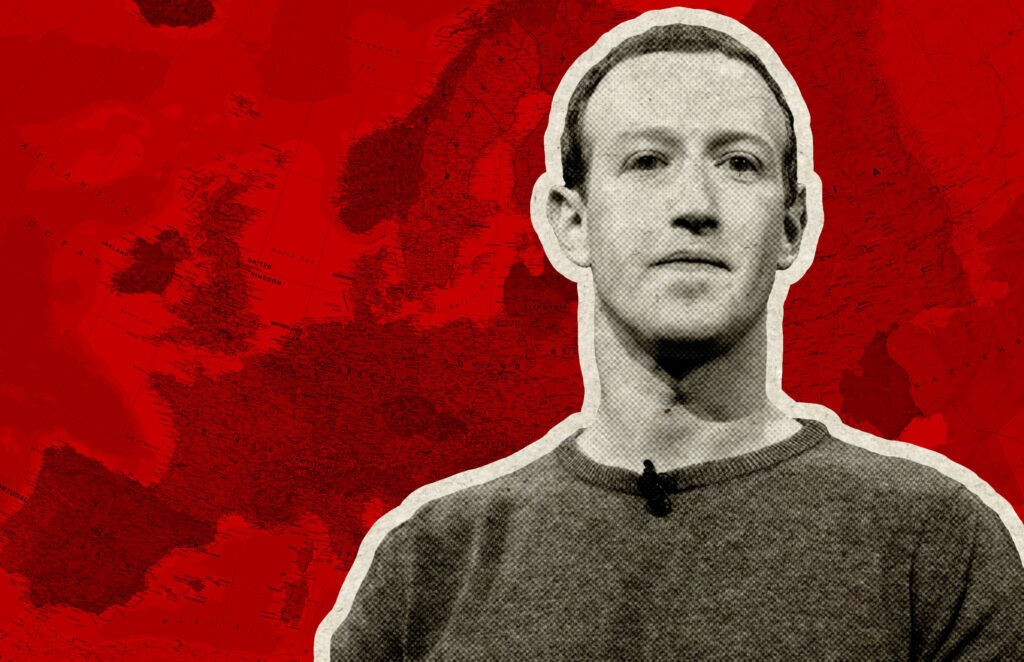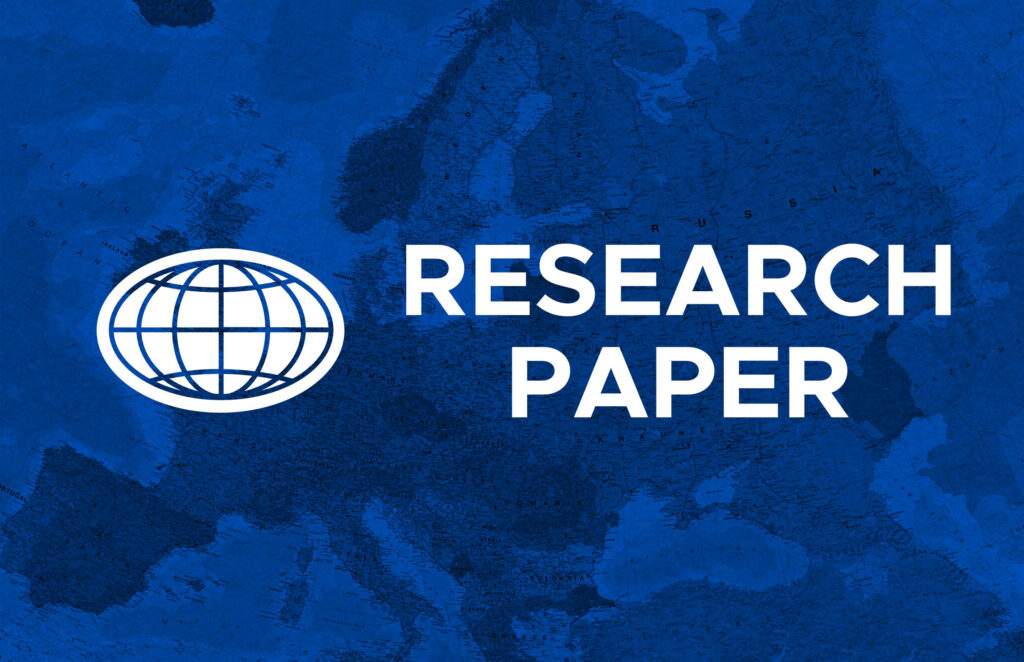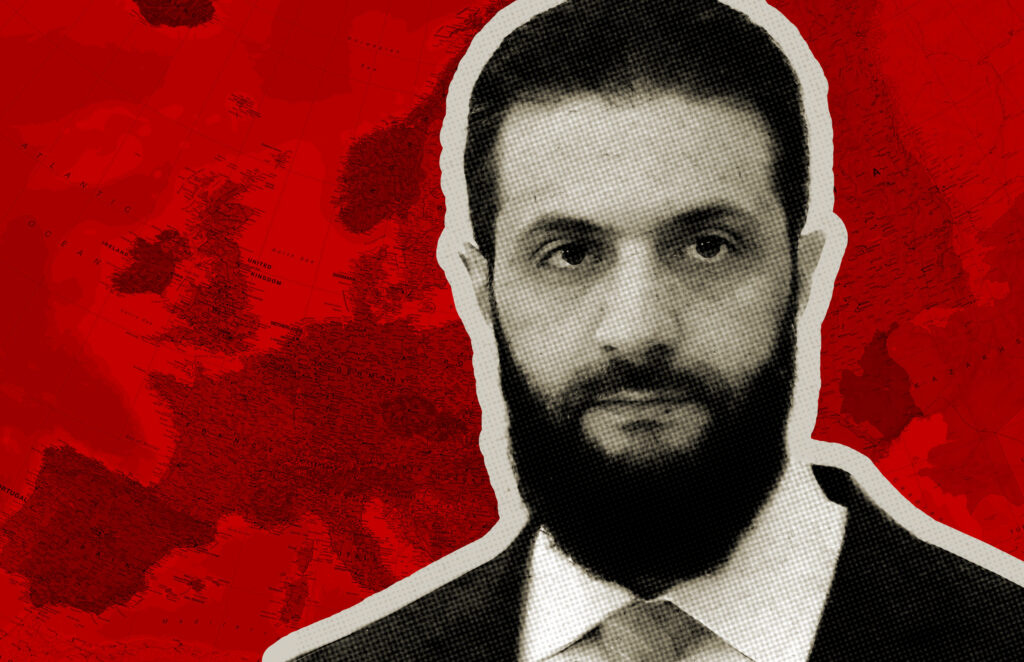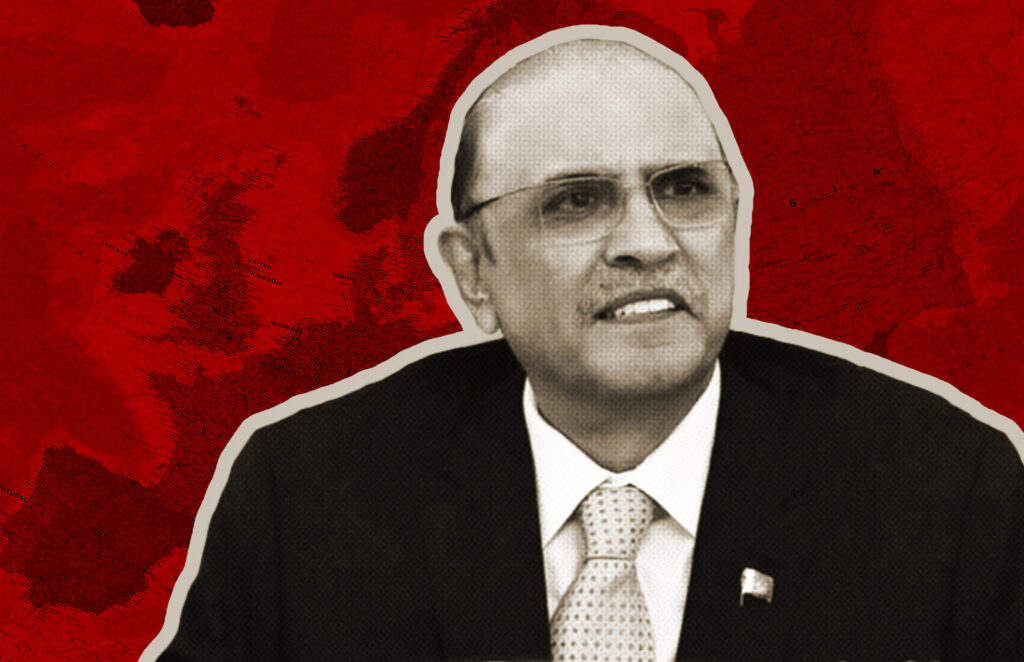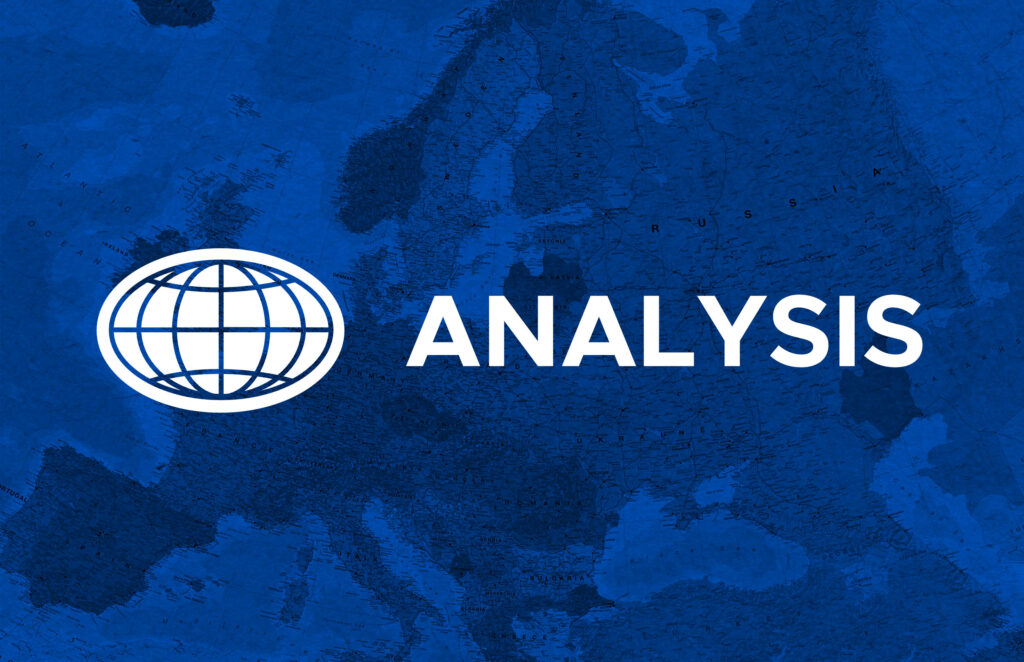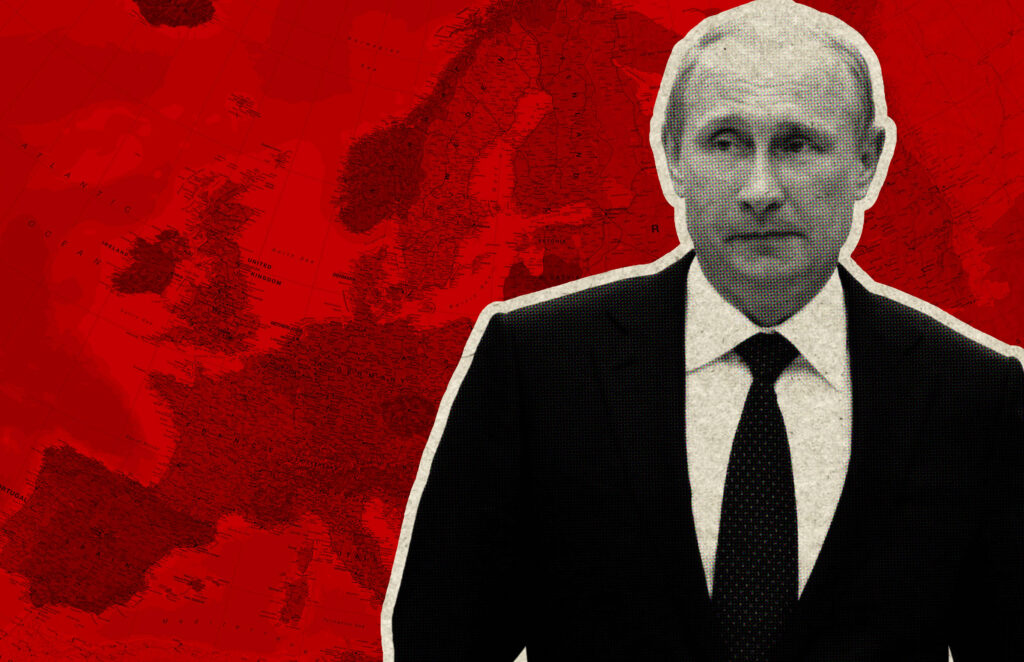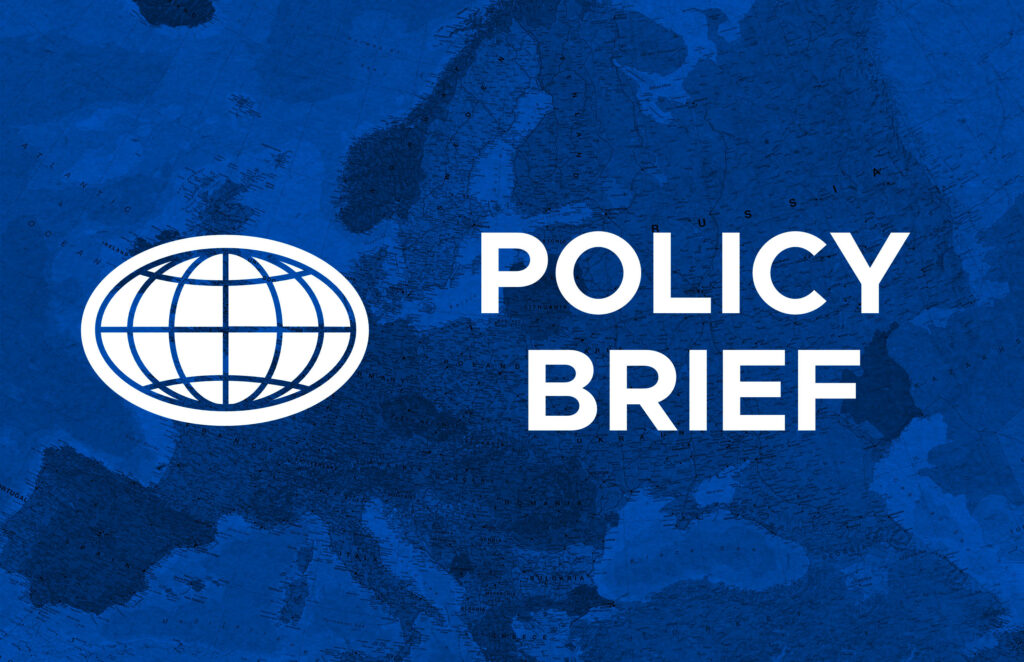Trump’s Big Counter-Productive Bill
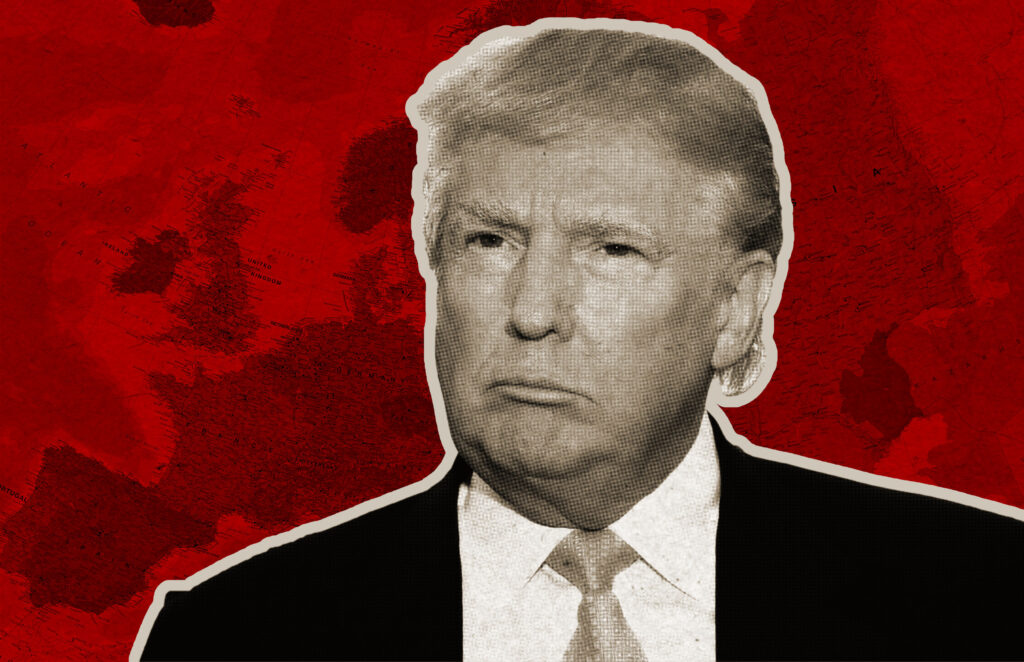
There is nothing beautiful about the “One Big Beautiful Bill.” It’s brutal, reckless, and dangerously short-sighted. Let’s call it what it is: an assault on the poor, a handout to billionaires, and a blueprint for social and economic unraveling.
Calling this bill dangerous isn’t alarmism, it’s vigilance. Democracy depends on seeing the long game. It’s not unpatriotic to criticize this bill, it’s unpatriotic to stay silent when fellow citizens are being thrown overboard.
This isn’t just policy, it’s destabilizing by design. History has shown us that when governments ignore growing desperation, it’s often the first step toward deeper unrest. Civil wars don’t start overnight. They begin with policies like these, which corrode trust and widen the chasm between classes.
First, let’s look at the facts, and then, let’s analyze the consequences.
The facts
1. Permanent Tax Cuts Deepen Long-Term U.S. Debt Crisis.
The bill locks in 2017-era tax cuts without funding them, adding nearly $3 trillion to the national debt over the next decade. This creates long-term risks for America’s fiscal stability and future public services.
2. Social Safety Net Slashed for Millions of Low-Income Americans
New work and eligibility rules for Medicaid and food assistance will remove 17 million people from coverage. Unlike European universal models, this move sharply reduces access to health and food security.
3. Massive Expansion of Border Wall and Immigration Crackdown
Over $100 billion is allocated to border infrastructure, deportations, and detention centers. The bill also imposes punitive fees on migrants and excludes some U.S.-born children from federal benefits, deepening social divides.
4. U.S. Abandons Green Energy Incentives Amid Global Climate Emergency
The bill repeals most clean-energy tax credits, reversing gains made under the previous administration. This step weakens the U.S. position in global climate leadership at a critical time.
5. National Debt Ceiling Raised to Finance Tax Cuts and Enforcement
The debt ceiling is lifted by $5 trillion to accommodate unfunded tax cuts and enforcement spending. This reflects a growing disconnect between tax policy and fiscal responsibility in U.S. governance.
6. New Tax on Foreign Investors Marks Break from U.S. Capital Openness
The bill introduces a 20% surtax on capital gains, dividends and interests realized by foreign investors in U.S. markets, previously largely tax-exempt under longstanding international norms. This represents a major shift away from America’s traditional open-door stance toward global capital, and could deter foreign investment over time, especially in U.S. real estate and equities.
7. Targeted Tax Breaks Offer Short-Term Relief, Long-Term Uncertainty
Temporary deductions for seniors, parents, and low-wage workers may provide short-term gains, but they add to the deficit and are politically fragile. These benefits may be reversed in future administrations.
8. Reproductive Health Access Curtailed Through Funding Restrictions
Medicaid funding is blocked for clinics offering abortion-related counseling, restricting healthcare access without direct legislation. This move intensifies the national divide on reproductive rights.
9. Legal Immigrants and Their Children Excluded from Key Benefits
Even U.S.-born children of undocumented parents lose access to tax credits, while asylum seekers are denied healthcare and food support. These policies risk creating a marginalized underclass within the population.
The consequences
This bill is a direct attack on the poor, driving them toward unrest
In the United States, this bill is a declaration of war against the most vulnerable. It delivers trillions in tax cuts to the ultra-wealthy, funded by stripping away healthcare, food, and housing support for millions of low-income Americans.
Social Security and Medicare are now on the fast track to insolvency. It’s not just immoral. It’s a powder keg. According to recent estimates, over 17 million Americans, or roughly 1 in 20 citizens, stand to lose Medicaid coverage under this bill. That’s not speculation. That’s government data. These are veterans, children, and working families who will be thrown off a medical safety net many have relied on for years. These programs aren’t about creating dependency. They’re about giving people a fighting chance to stay healthy, housed, and fed, so they can participate in the economy in the first place. You don’t lift people out of poverty by kicking them off a ledge and calling it freedom.
History has shown us, again and again, that when governments abandon their poor, society breaks. From 18th century France to 20th century Russia, economic inequality and mass desperation were the spark for bloody revolutions. Sure, America isn’t 18th-century France or Tsarist Russia. But the pattern is disturbingly familiar: extreme inequality, political disenfranchisement, and a collapsing social safety net. These are not just echoes of the past, they are universal warning signs. When desperation outpaces hope, history shows us what comes next. Trump’s bill doesn’t just ignore that lesson, it walks directly into the flames. He embodies a system that rewards spectacle over substance and personal gain over public good, but unlike past leaders, he actively weaponizes these forces to consolidate power and punish opposition. He didn’t invent the fire, but he’s the one pouring gasoline on it.
Even if you’re heartless, food stamps are cheaper than soldiers guarding supermarkets. Cutting aid isn’t just cruel; it’s inefficient. The social safety net is not charity. It’s a pressure valve. Remove it, and pressure builds. Starvation, eviction, and bankruptcy aren’t abstract policy outcomes, they’re catalysts for mass unrest.
It threatens both the U.S. and global economy
The economic logic is nonexistent. The deficit will explode. US credit ratings will plunge. Borrowing will become more expensive. Inflation will rise, and sooner than people think, the government will resort to printing more money, sacrificing the dollar’s value, punishing savers, destabilizing global markets. It’s chopping the mast of your own boat to use it for firewood. For context, Moody’s already downgraded the U.S. credit outlook in 2023 citing rising deficits and political dysfunction. This bill would intensify those trends, raising the cost of government borrowing and squeezing out future public investment. It’s suicidal policy dressed in patriotic rhetoric.
While Trump grabs the spotlight, let’s be clear: this crisis didn’t begin with him. For decades, both major U.S. parties contributed to a drift toward deregulation and corporate favoritism. But what Trump has done is not simply continue the trend, it’s to tear off the brakes, rip up the road signs, and accelerate the vehicle toward a cliff. This is not just neoliberalism. It’s radical economic sabotage disguised as patriotism.
Supporters claim these tax cuts will “unleash growth” and “create jobs.” We’ve heard that before. It’s the same theory pushed by supply-side economists since the 1980s, that tax breaks for the rich eventually benefit everyone else. But the data tells a different story. After Reagan’s cuts, the richest soared ahead while wages stagnated and national debt ballooned. The 2017 Trump tax cuts followed the same script and delivered the same results: short-term boosts for corporate buybacks, not long-term gains for workers. If trickle-down worked, the working class would be drowning in prosperity by now. They’re not. Instead, most Americans are working longer hours for less, with fewer safety nets than ever. Eventually, that translates into less iPhones sold, and less profit for corporates. Utimately, that hurts bilionaires, when the boomerang flies back, hence the counter-productive aspect of such bill.
Now, Trump is doubling down, without even pretending to care.
And let’s not forget the 20% capital gains tax on foreign investors. It’s a direct economic attack on allies. This alone risks triggering a new transatlantic trade war. Nearly 40% of the US stock market is foreign-owned. By punishing non-American investors, Trump is actively undermining US corporate valuations, threatening to destabilize 45% of the global stock market. Granted, foreigners won’t flee overnight, but capital is fluid. Even a moderate withdrawal of confidence can ripple through the markets, depress valuations, and raise borrowing costs. When 40% of your stock market is foreign-owned, you don’t get to punish investors without punishing yourself.
That’s not America First. That’s America Against The World. And it drags everyone down with it.
But this isn’t just about foreign firms. American workers are tied into global supply chains, American retirement funds are invested in global markets, and American farmers and manufacturers depend on stable trade relationships. When the U.S. punishes its allies economically, it ends up punishing its own people, through job losses, shrinking 401(k)s, and rising costs at home.
It accelerates environmental and geopolitical collapse
But it’s not just domestic chaos. It’s global sabotage. The damage spills beyond US borders. Clean energy cooperation is being dismantled. European companies like Vestas, Ørsted, and Nordex, already navigating difficult markets, are losing a vital partner for the future. American retreat from climate leadership means more CO₂ in the atmosphere, more extreme weather, more global displacement. But america doesn’t live in a vacuum. Climate breakdown, economic slowdown, and energy instability don’t respect borders. The whole planet will pay the price of America’s reckless fossil-fuel relapse, backed not by science or necessity, but by lobbying dollars and short-term political gain. Trump doesn’t just gamble US future, he gambles mankind’s future.
The bill also allocates ten times more funding to immigration repression, ballooning from $10 billion to $100 billion, and pushes the Pentagon’s budget over $1 trillion for the first time in history. This isn’t about national security. It’s about building a dictator’s toolkit: surveillance, militarization, and fear. History warns us, loudly, what comes next when governments choose militarism over welfare.
Conclusion
This bill is not governance. It’s vandalism at a national scale:
- Economically, it sacrifices long-term stability for short-term greed, setting the stage for violent backlash.
- Geopolitically, it isolates the United States, attack allies, rewards enemies and destabilizes markets.
- Environmentally, it dooms the next generation for the benefit of oil barons and billionaire shareholders.
Calling this bill beautiful is either a lie or the smug smirk of someone cashing in on the collapse.
Let’s be clear: Trump is hijacking the US. He’s weaponizing policy against his own people, pushing fragile systems closer to breaking point. History tells us what happens when leaders gamble with desperation and armageddon economics.
If this continues unchecked, the US will not just face discontent, it will face disintegration. And the world will pay the price.
This is not fatalism. It’s a call to vigilance. Collapse is not inevitable, but it becomes more likely when we treat warning signs as overreactions. This bill is not just a policy error. It’s a flashing red light. And the most patriotic response is not silence. It’s action.
